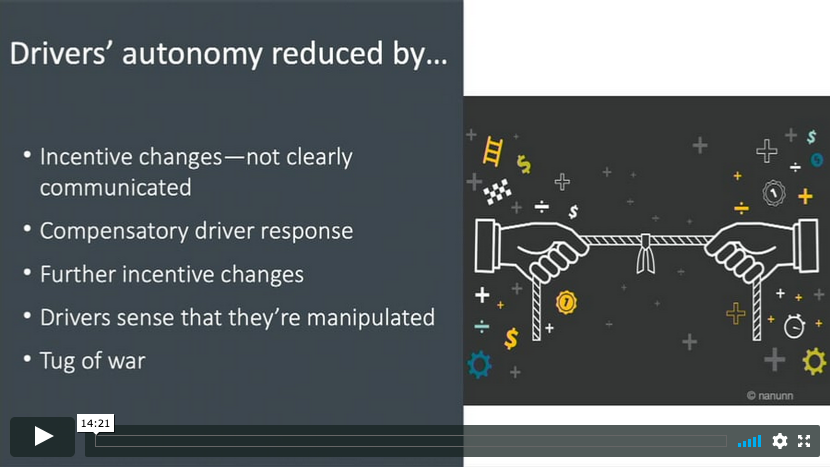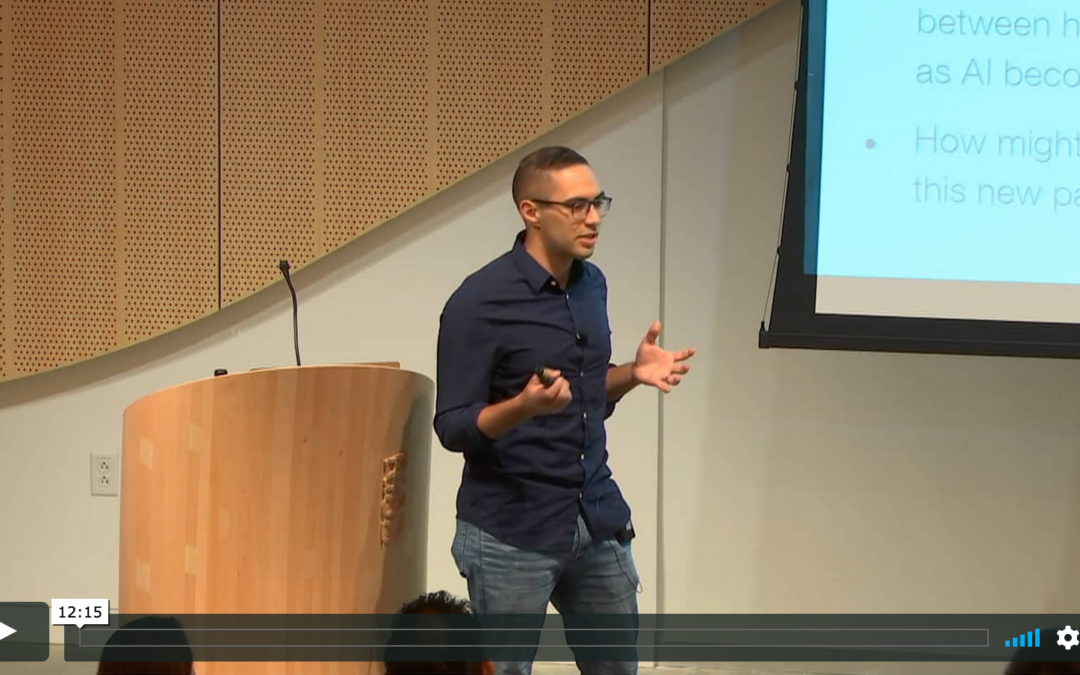Now that they are beyond the initial start-up phase, it is time to take a critical look at ride-hailing systems such as Uber and Lyft. This ethnographic case study investigates these systems from the drivers’ perspectives and also addresses the ethnographic techniques and general approach that we...


